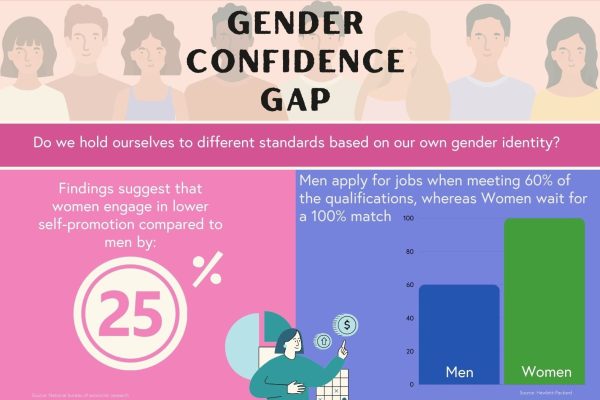Request for Proposal – 10 tips to maximise success when the odds are stacked against you
4 min read
In today’s competitive market, there are many reasons why professional services firms might choose not to respond to a Request for Proposal (RFP). They take considerable amounts of time, money and resources to complete and the chance of success is slim.
In recent years, with a volatile market and increased competition, it could also be argued that RFPs have led to a race to the bottom on price; slashing profitability, raising low-price expectations amongst buyers and putting significant pressure on firms to do much more for much less.
Like it or not, RFPs are here to stay:
RFPs are still a mainstay for buying organisations in many industries (particularly the public sector, charities and social housing) and are common for large pieces of professional services work (such as audit and consulting engagements).
What’s more, it is regularly the case that firms have no choice but to go through the RFP process (such as if you are the incumbent or want to maintain an existing relationship) and more often than not, the potential benefits of winning the work are too irresistible to overlook. You may also be averse to letting your competitors win the work unopposed and the associated signals this may send to the market.
Why the odds are stacked in the procuring firm’s favour:
In his book, RFPs Suck, Tom Searcy backs up the experiences of many based in professional services that RFPs are often used by procuring firms for the wrong reasons. Boards simply demand them in order to demonstrate good governance (when they may already have a very good idea of their preferred supplier) and your chances of success – without an existing relationship or good contact – are minimal.
In fact, Searcy proposes five areas where the firm asking for the tender stands to benefit while the tendering firm, who puts in a considerable effort, gains nothing. Some of these reasons may resonate with you:
-
- Market Price: the RFP situation provides a perfect opportunity to find out what the incumbent or the pre-determined supplier should be charging;
-
- Free Consulting: the firm asking for a tender can find out significant information for free. Particularly regarding technologies, the marketplace, new techniques, what the competition is doing and strategy;
-
- Leverage: The firm requesting the RFP gets significant information with which to bargain with the incumbent or preferred supplier;
-
- Accountability: Often public boards must prove that they made the best business decision when choosing a particular supplier. An example of this is the Sarbanes–Oxley Act in the US. By issuing an RFP, this helps the board to demonstrate this process;
-
- Silver Bullet: Firms may be looking for the ‘Silver Bullet’, that is, something they never knew existed. They may say; “you never know, maybe there’s something amazing out there.”
Ten tips to maximise your chances of procurement success:
Despite all of these factors that may be stacked against you, many firms must still, or choose to, go through the procurement process.
So how can you maximise your chances of success?
Once you have done your due diligence and decided that you will submit a proposal document, based on our many years’ experience of coaching business development behaviours, there are a few tips that you should always follow in order to maximise your chances of success:
1. Know when to walk away – be conscious of the real reasons why a firm might be going through the procurement process and decide if this is really an opportunity your firm should pursue;
2. Know your audience and make sure you truly understand the mind of the buyer and what will motivate their decision – before you start writing;
3. Always write a compelling Executive Summary;
4. To borrow from Albert Einstein you must keep the proposal: “As simple as possible but no simpler”;
5. Set your stall out early on by offering ‘win theories’ – those differentiators that set you apart. These must be true differentiators and not simply what everyone else will say;
6. Ask yourself – why are we the benchmark? Why would I choose us? Would I buy from me?
7. Avoid templates – you must structure your content carefully and tailor it for the company you want to work with;
8. Recycle as few pages as possible – your readers are clever people and it is easy to tell if text has simply been copied and pasted from another document;
9. Neutralise the competition by using ‘win themes’;
10. Have a ‘master architect’ who will manage the whole tender submission and put everyone’s contributions together in a cohesive structure, with the same tone and language throughout.
Understand the mind of the buyer – why would you buy from you?
Submitting a tender document takes significant time and effort and resources. Should you decide that the potential benefits of winning the work outweigh the negatives then ultimately, you must create a compelling reason in the mind of the buyer to choose you – What really sets you apart? Why are you the firm that the others should benchmark themselves against?
You can only answer these questions by truly understanding what motivates the buyer’s decision and knowing what they are really looking for.
Make it as easy as possible to buy from you. Begin by asking yourself, why would you choose to buy from you? Then be bold – have the strength of your convictions to put these ‘win theories’ into your proposal document and you will significantly increase your chance of procurement success.
Please do not hesitate to contact us to find out more about how we help businesses develop the skills and behaviours required to maximise their chances of procurement success.



